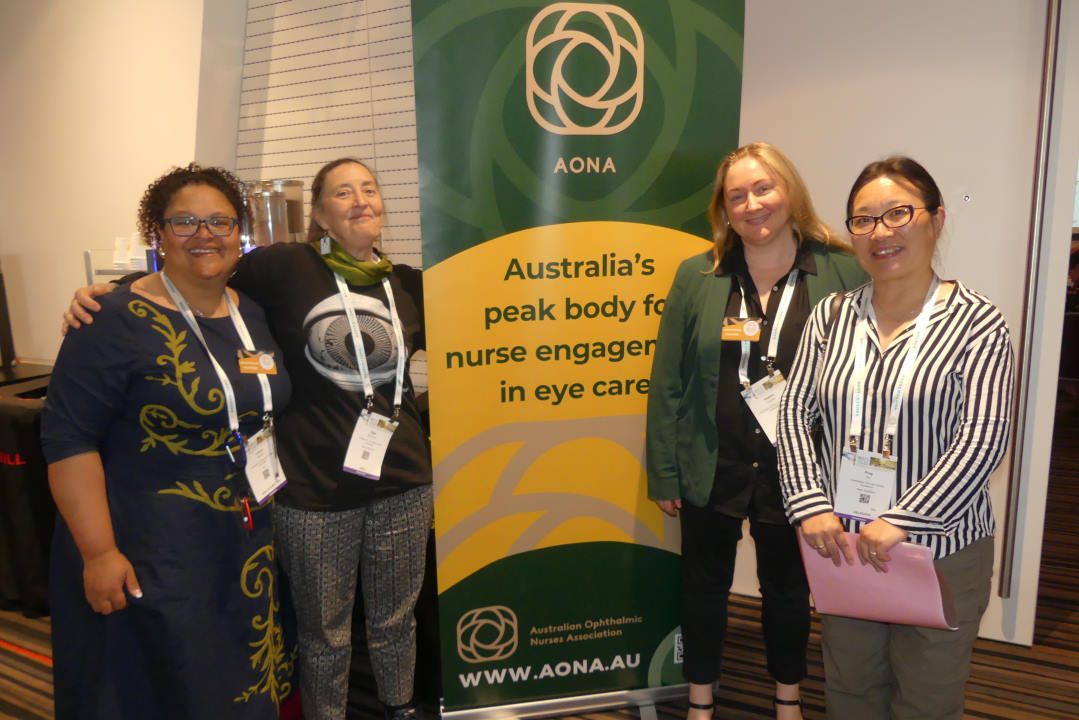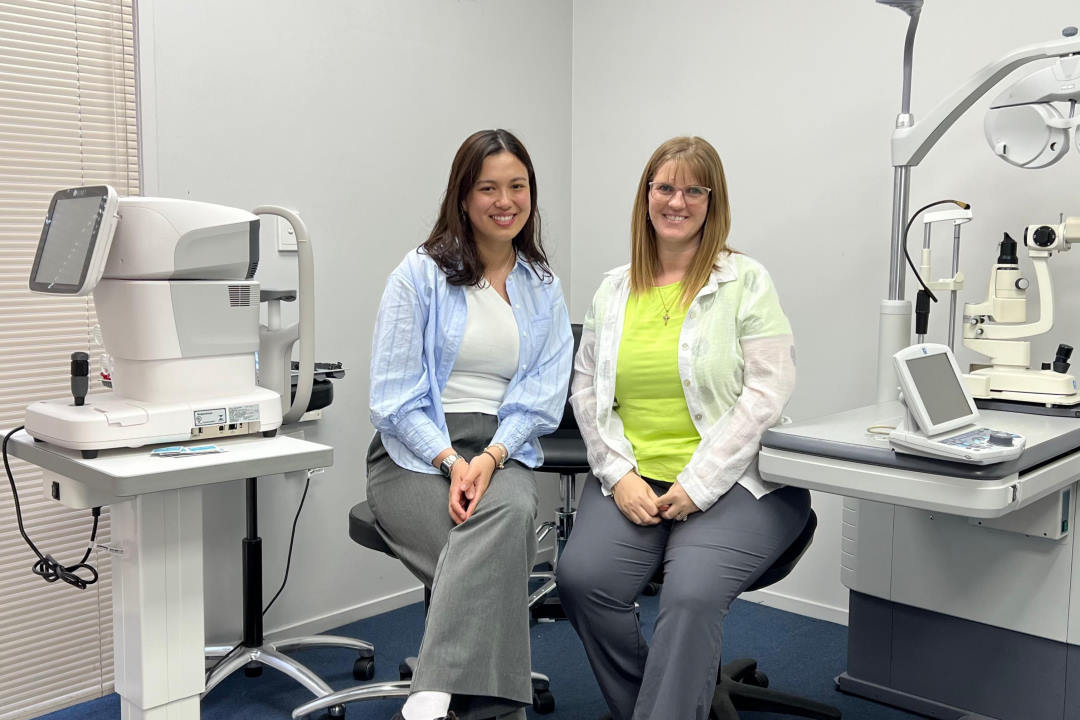BOOK REVIEW: Handbook of Retinal OCT (second edition) by Jay Duker, Nadia Waheed and Darin Goldman
Ophthalmic imaging has come a long way in the last 15 years. Optical coherence tomography (OCT) and more recently OCT angiography (OCTA) have become indispensable parts of our clinical patient evaluation, not only for retinal disease but also for uveitis and optic nerve disorders. Mastering the art of OCT and OCTA interpretation has therefore become a key skill for any budding eye health professional.
Written by Professor Jay Duker and Associate Professor Nadia Waheed from Tufts University School of Medicine, US, and Dr Darin Goldman, vitreoretinal surgeon at Fort Lauderdale, US, the latest edition of the compact Handbook of Retinal OCT aims to provide the reader with “an easy-to-read, brief but complete handbook of OCT images that is disease-based.” Its nine parts cover an introduction to OCT, optic nerve disorders, macular disorders, vaso-occlusive disorders, inherited retinal degeneration, uveitis and inflammatory diseases, trauma, tumours and peripheral retinal abnormalities. These are further divided into chapters focusing on specific diseases.
The clear layout aids the book’s use as a quick reference, with every chapter having a brief introduction to the clinical condition, plus clinical and OCT features, followed by excellent high-resolution images, annotated to highlight the salient features. Multi-modal images allow the clinical appearance of diseases on fundus photography, indocyanine green chorioangiography and fluorescein angiography to be correlated with their appearance on OCT and OCTA images.
This second edition includes five new chapters covering pachychoroid diseases, paracentral acute middle maculopathy, autoimmune retinopathies, primary uveal lymphoma and the retinal findings with optic nerve disease. Over 50 new OCTA images have also been included.
This edition is also available as an e-book, accessible through the Inkling app. In this format the search feature aids in quickly locating the condition of interest and the figures can be enlarged to better appreciate their details. As a highly visual guide, it makes an excellent reference for eyecare professionals learning the clinical application of OCT and pattern recognition of diseases on OCT images. It also serves as a handy refresher for experienced ophthalmologists revisiting the OCT appearance of less common conditions such as inherited retinal disorders and uveal inflammation.

Dr Sophie Hill is a consultant ophthalmologist at the Greenlane Clinical Centre, specialising in medical retina and cataract surgery. She is also an honorary senior lecturer at the University of Auckland and works in private practice at Eye Institute.


























